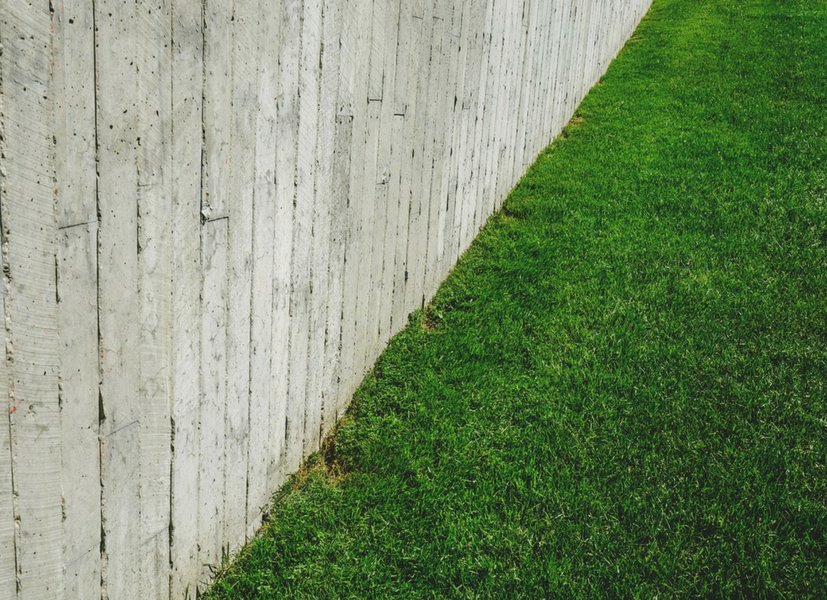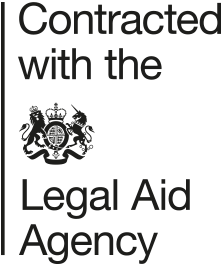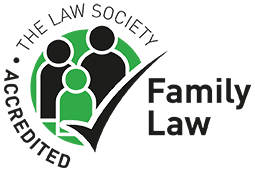Which fence is mine?
While there is a saying that good fences make good neighbours, fences can often be a source of major disagreement between neighbours. Everyone wants to enjoy their home in peace, and neighbourly disputes can be some of the most stressful. But, by ensuring that they know where they stand legally, householders can avoid disagreements and conflict.

What are the most common fence-related issues?
The most common issue that arises is the state of repair of fences, and who is responsible for them. Even when it’s clear who a fence belongs to, damaged fences are still a major cause of neighbourly disagreements. Not knowing where the property boundaries are, or who the fence belongs to, can make an already difficult situation worse.
Which fence belongs to my property?
There is a common belief that households are responsible for the fence to the left of their home. This isn’t true. Either fence may belong to a property, and the simplest way to ascertain which belongs to a specific property is to check the deeds. Deeds will often indicate which boundary the property owner is responsible for. The documents may state it explicitly, but if they don’t then a T-mark may be used instead. If an H shaped mark is present – which will run across the boundary line – then both neighbours are equally responsible for the upkeep of the fence.
Research before you buy
Disagreements between neighbours can be highly stressful, so it’s best to try to prevent any future conflict. In addition to the usual property checks, investigating the boundaries before purchasing a property can help avoid problems as time goes on. If, having checked the deeds, it’s still unclear which fence is allocated to which building, or if the deeds are out of date, then it may be possible to work out which one householders will be responsible for by looking at other properties along the same side of the street.
However, if it’s not clearly laid out, then there is still the risk of disagreements and conflicts should a problem occur. One way of preventing this is to ask your neighbours to agree to a new boundary agreement, which is a legally binding document.
Unclear or disputed boundary lines
Sometimes, neighbours simply can’t agree where a boundary should run. If it proves impossible to come to an agreement over who a fence belongs to, then homeowners can apply to the Land Registration division of the Property Chamber, also known as a First Tier Tribunal for a decision. Interested parties will need to make a legal case arguing their position, and put it to the tribunal for a judgment to be reached.
Who pays for damaged fences?
Normally, the householder who owns the fence is responsible for maintaining and repairing it. However, if any damage is caused to your fence by your neighbours, then it’s their responsibility to meet the costs of putting the problem right. When neighbours are unwilling to pay, this is another frequent source of contention.
At Robinsons we understand how stressful issues between neighbours can be. If you’re involved in a boundary dispute and have been unable to reach an agreement then you need legal advice. Our specialist property solicitors are experienced in working with householders to find resolutions in effective and affordable ways. Through the use of Alternative Dispute Resolution (ADR), we’re often able to help neighbours resolve their disputes without lengthy and expensive legal battles. However, should this approach prove unsuccessful, we will work with you to help you achieve a positive resolution.








